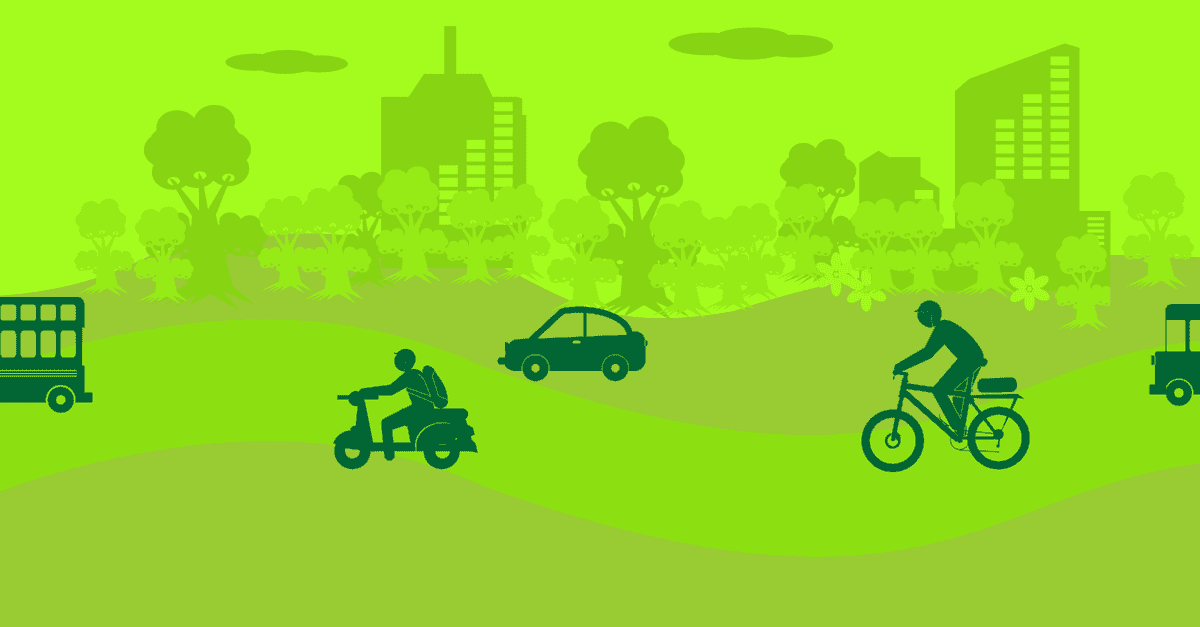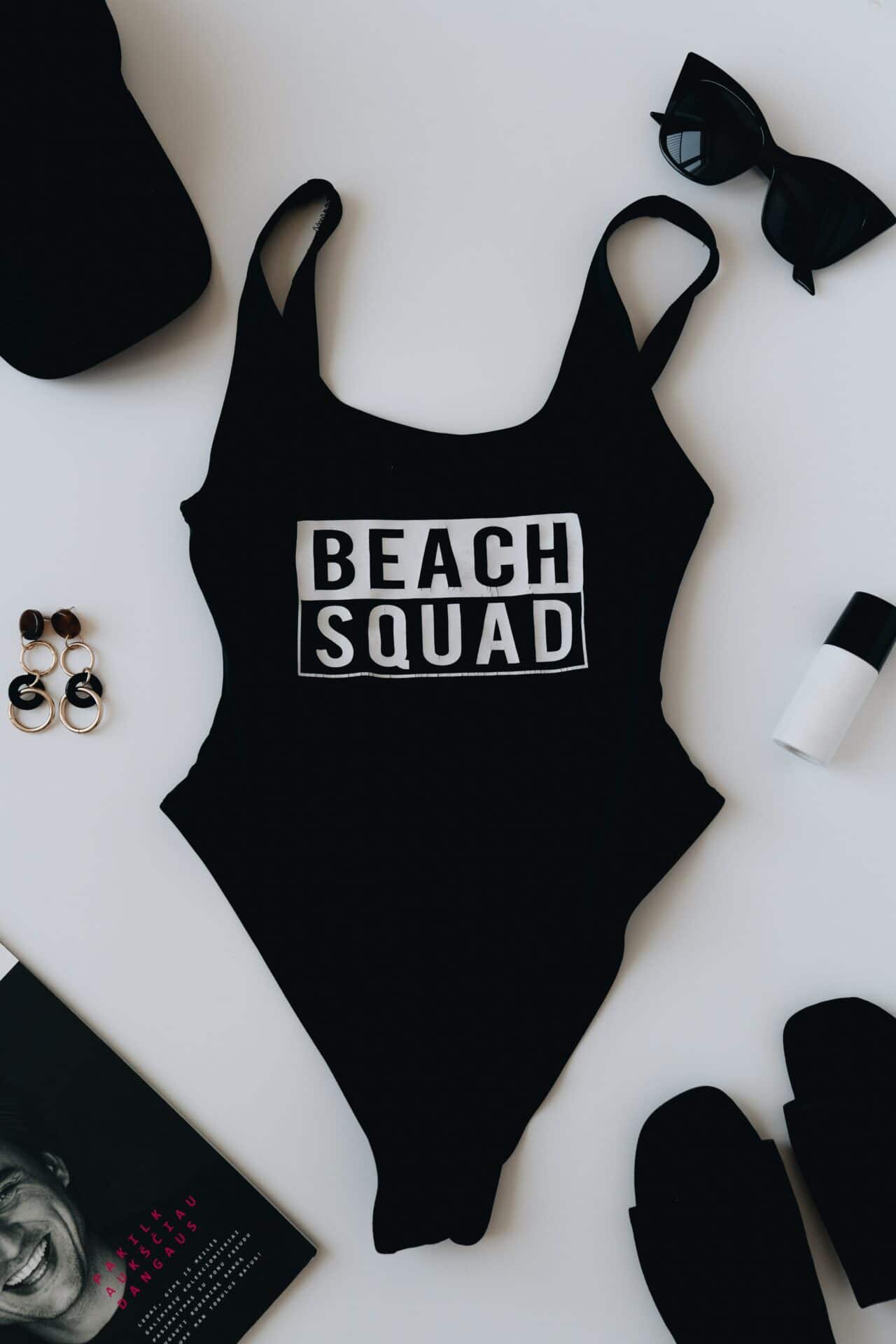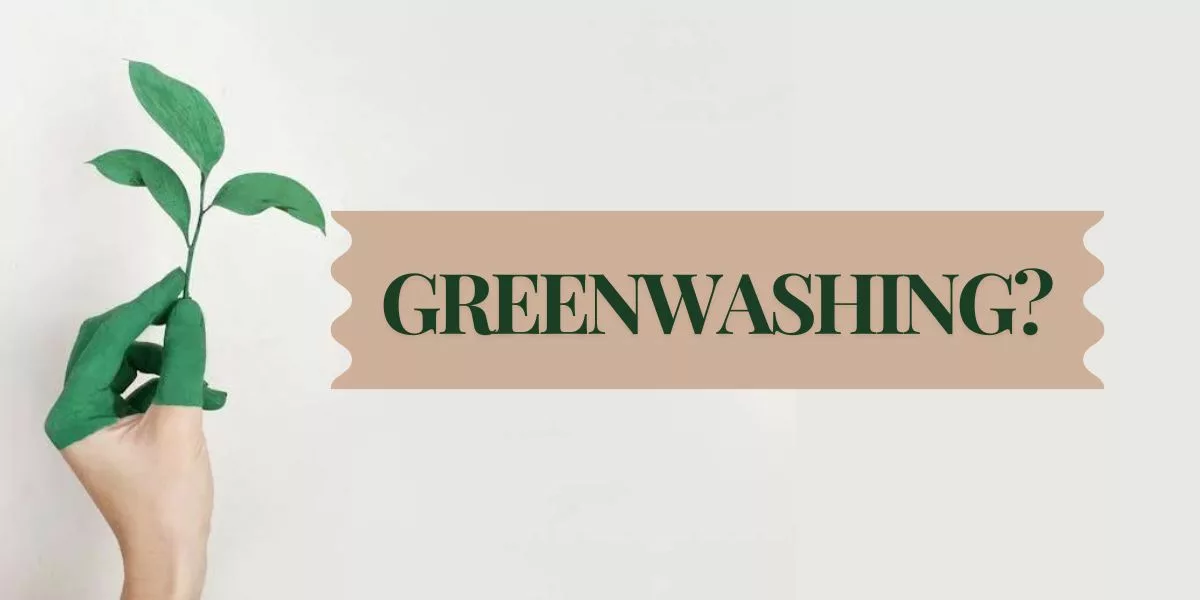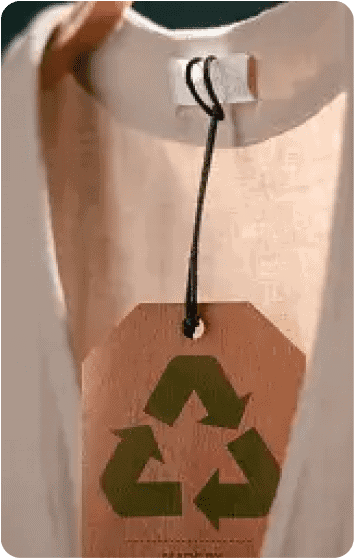In a world where attention spans are shrinking and environmental issues are growing, the way your brand communicates its message matters more than ever. Whether you’re promoting carbon negative products, circular economy solutions, or clean energy innovations, clear and engaging storytelling can make or break your visibility.
For sustainability focused organizations, traditional advertising often falls short. People want transparency, authenticity, and simplicity. That’s where visual content comes in, especially animation. It’s a versatile, scalable, and highly engaging tool that helps brands break down complex topics, educate audiences, and build trust. If you’re thinking about how to make animations that reflect your sustainability mission, now’s the time to lean into this powerful medium.
But before you rush to hire a designer or animator, let’s explore how and why visual storytelling plays such a critical role in driving impact and engagement for purpose driven brands.

The Science Behind Visual Learning and Engagement
Humans are wired to process visuals faster than text. In fact, studies show we can identify images in as little as 13 milliseconds that’s 60,000 times faster than we process text. According to MIT researchers, 90% of information transmitted to the brain is visual.
For sustainable brands that often deal with data heavy, scientific, or systemic issues, this is gold. Instead of lengthy whitepapers or jargon-filled reports, you can deliver digestible visuals that:
- Explain your product lifecycle
- Illustrate environmental impact
- Compare traditional vs. sustainable practices
- Show behind the scenes processes (like ethical sourcing or waste reduction)
Animated infographics, short explainer videos, and visual case studies not only improve understanding they increase retention. Viewers are far more likely to remember what they saw than what they read.
Animation as a Tool for Transparency
Sustainability is often met with skepticism and rightly so. Consumers have become more discerning, with “greenwashing” now a widely recognized problem. Visual storytelling offers a way to prove your commitment rather than just claim it.
For example:
- Explainer animations can visually walk through your supply chain.
- Motion graphics can map your emissions reductions over time.
- Customer journey videos can illustrate how real people benefit from your solutions.
A Nielsen study found that videos increase brand association by 139% and message recall by 95%. When paired with transparent, honest messaging, animation can bridge the trust gap many eco brands face.
Case in Point: Brands Doing It Right
A few sustainability trailblazers are already leading the way with strong visual communication:
- Patagonia regularly releases short films and animations explaining their environmental initiatives and challenges.
- Ecosia, the eco-friendly search engine, uses simple animated visuals to show how ad revenue supports tree planting.
- Too Good To Go, the anti-food waste app, leverages playful animations on social media to educate users and promote local partnerships.
What all of these examples have in common is clarity. They use animation not for fluff, but for purposeful storytelling and they see higher engagement, stronger retention, and deeper brand loyalty as a result
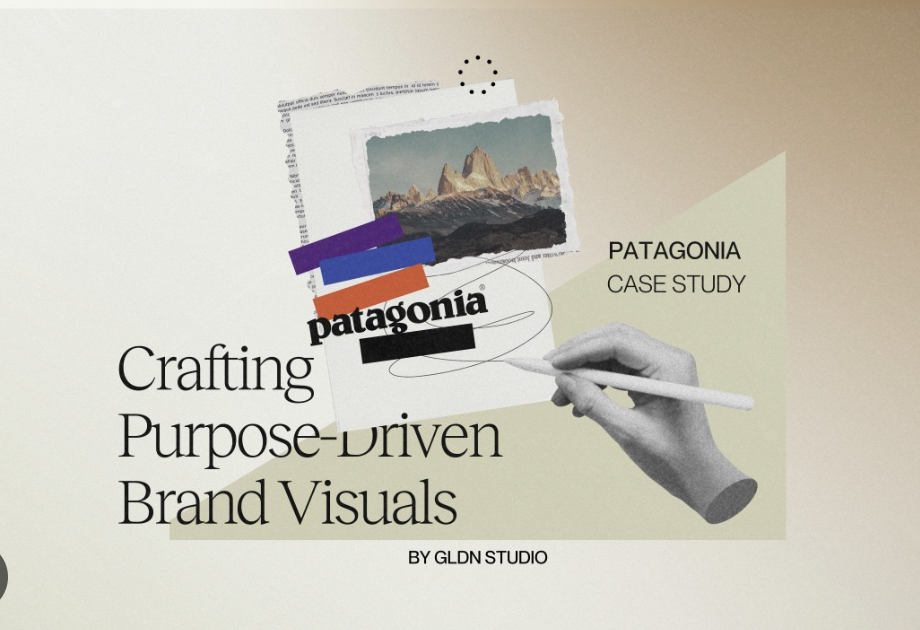
Actionable Tips to Integrate Visuals Into Your Strategy
Ready to boost your brand’s message with visuals? Here’s how to start:
1. Know Your Core Message
Before creating anything, define the single most important message you want your audience to remember. Whether it’s your carbon impact, your mission, or your unique product feature — keep it focused.
2. Choose the Right Format
- Use short animations (15–60 seconds) for social media.
- Try longer explainer videos (1–3 minutes) for your homepage or email marketing.
Create looping animations or motion infographics for in-person events and investor pitches.
3. Invest in Authenticity
Don’t over polish. Audiences prefer real, relatable, and honest messaging over slick corporate fluff. Your visuals should reflect your brand values even if they’re hand drawn or low budget.
4. Collaborate with Experts
Working with creatives who understand sustainability can make a huge difference. They’ll help you distill complex topics into powerful visual narratives.
The Wiser Approach: Community-Driven Impact
At Wiser, storytelling isn’t just marketing its mission alignment. The platform connects conscious creatives with organizations focused on sustainability, ethics, and equity. This means your visual assets can be crafted by people who get it and who care about making a difference just as much as you do.
Whether you’re launching a new green product, seeking funding for a climate initiative, or just trying to stand out in a crowded ethical marketplace, using visual content, especially animation is a smart, scalable investment.

Final Thoughts: Visuals That Drive Action
Sustainability doesn’t need to be dry or data heavy. In fact, it shouldn’t be. If your mission is to change minds, inspire behavior, and drive systems change, the way you present that mission matters.
Through thoughtful, compelling visuals, you can build stronger emotional connections with your audience and make your work more accessible and impactful. And as the world continues shifting toward conscious consumption and responsible innovation, standing out with clarity and creativity could be your biggest advantage.






